Category: News
-
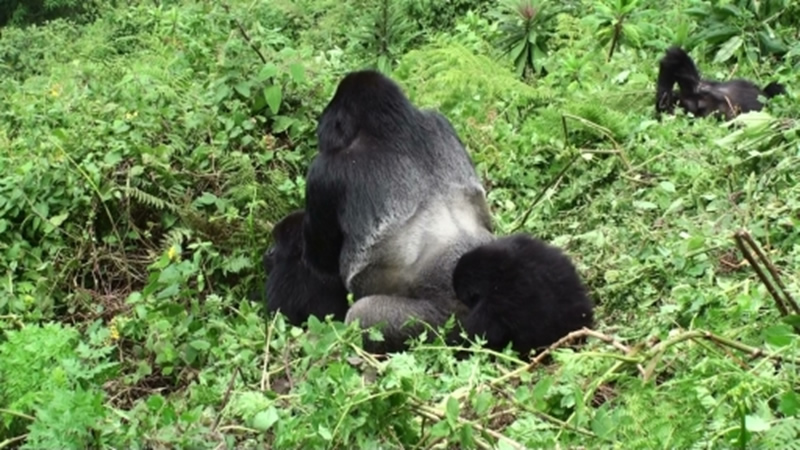
Facts About Mountain Gorillas
There is no adventurous experience in the world that out compete a magical encounter with the endangered mountain gorillas. In the whole world, the remaining mountain gorillas live in three countries that are Uganda, Rwanda and Democratic Republic of Congo. There are thoughts that about 1060 mountain gorillas are left in the world and Rwanda…
-
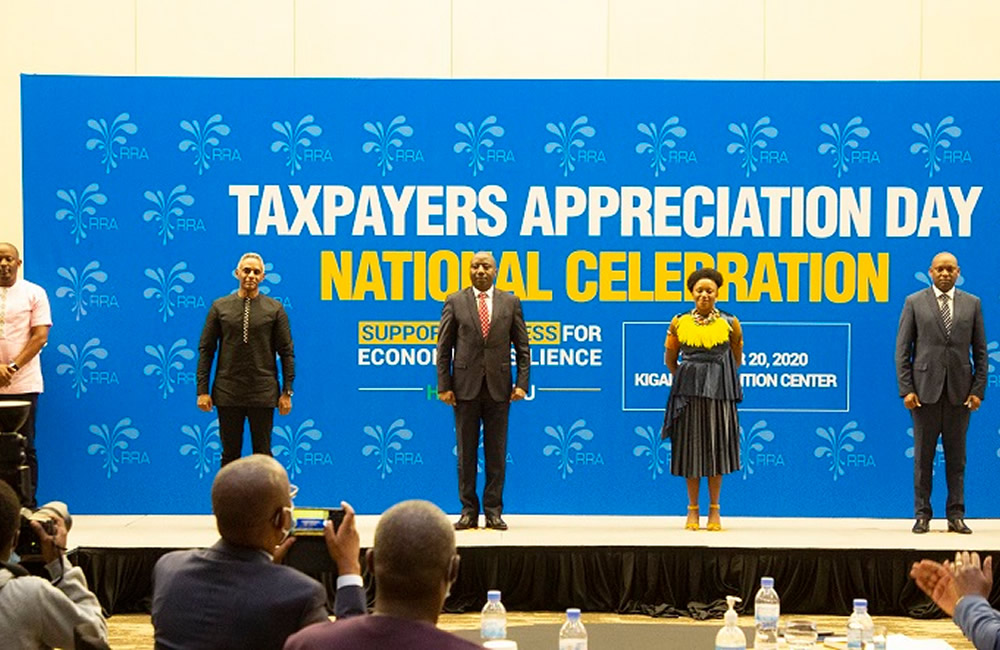
RRA to Hold Taxpayer’s Appreciation Day
Rwanda Revenue Authority will today hold the Taxpayer’s Appreciation Day 2016 in under the theme “Voluntary tax compliance, the pillar for self-reliance.” The Taxpayer’s Appreciation Day, an annual event to show gratitude to compliant taxpayers and their contribution to the national development and economic growth, will be held in Huye district. In the lead up…
-
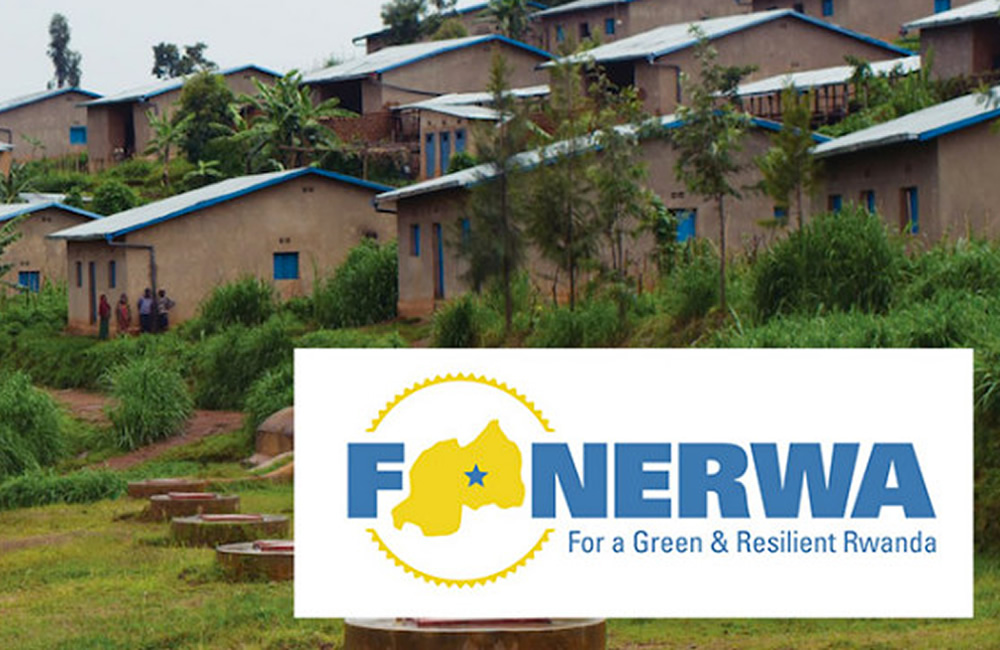
Rwanda to Set Up Climate Innovation Center
Rwanda Environment and Climate Fund (FONERWA) have started discussions to set up an innovation center and technical assistance facility to support government agencies to address climate change and environment issues. Alex Mulisa, the Fonerwa coordinator, said the center will also provide support to new companies in green sectors. “Green technical assistance must be made available…
-
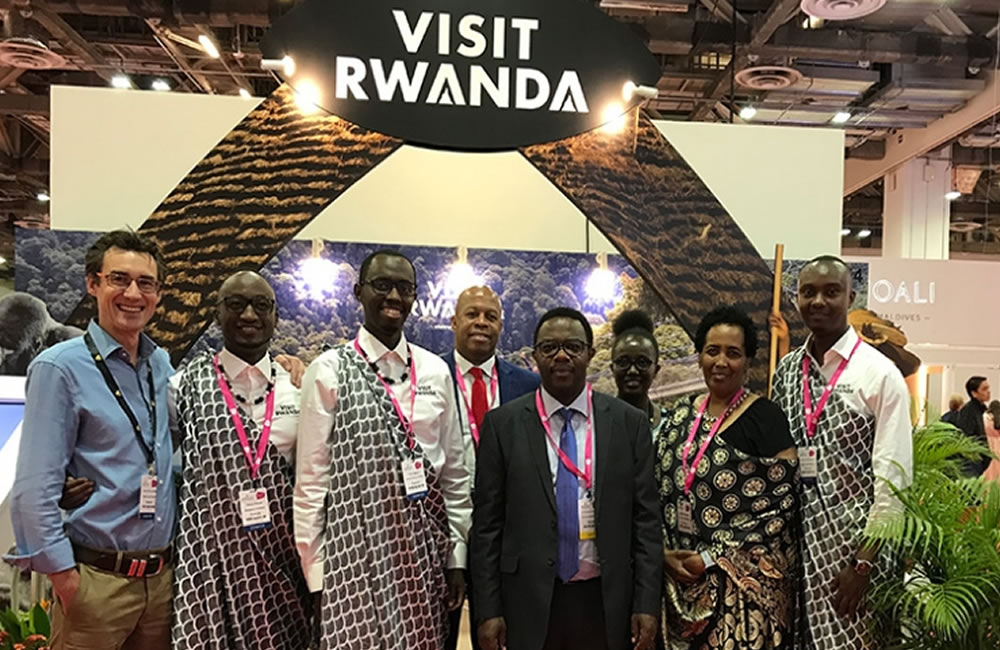
Rwanda Taps Asian Tourism Market
Rwanda’s foreign tourism growth shows that Rwanda is one of the most visited African countries by Asian tourists and fourteen thousand tourists visited Rwanda in 2015 a high population increase in just one year compared to four hundred tourists in 2014 according to Hindustan Times newspaper of India. The newspaper indicated that Rwanda was listed…
-
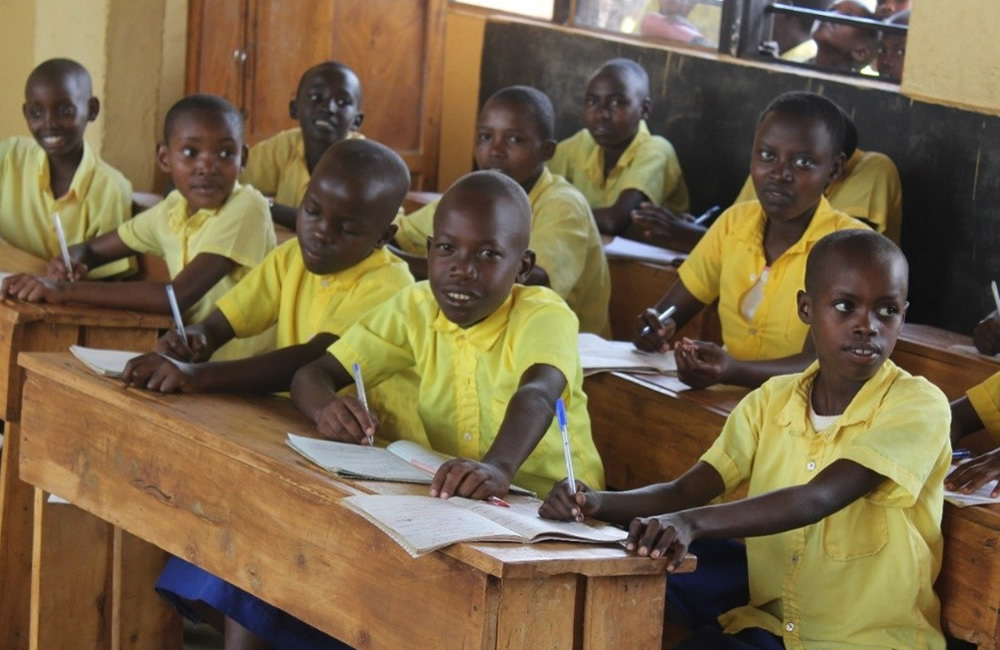
Student-Survivors Request for Aid to Pursue Master’s Degree
While the education program of the Genocide Survivors’ Assistance Fund (FARG) is supposed to come to a close in 2019, the association of university-graduate survivors (GARG) is appealing to the government to help them access master’s degrees. The students argue that the increasingly competitive work environment is not conducive to those with only a bachelor’s…
-
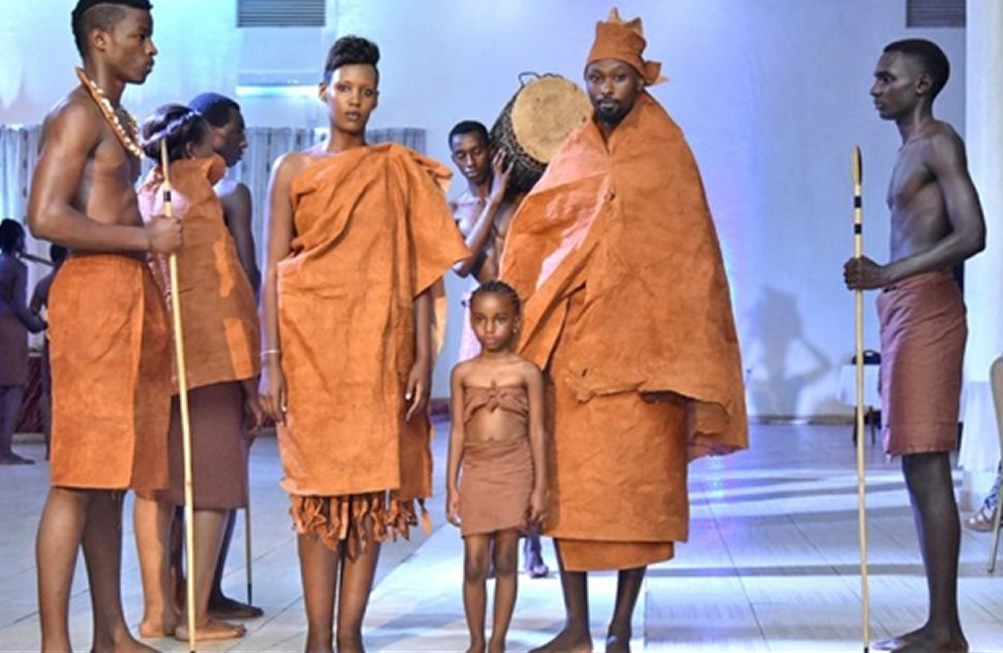
2016 Rwanda Cultural Fashion Show Casting Kicks Off
Rwandan and East African fashions designers will be selecting the finest fashion models during the casting slated for Sunday, April 24. Rwanda Cultural Fashion Show organizer and founder, Celestin Ntawirema says fashion lovers should expect a lot as more exciting innovations will be showcased this time around. “Fashion lovers are getting curious about the upcoming…
-
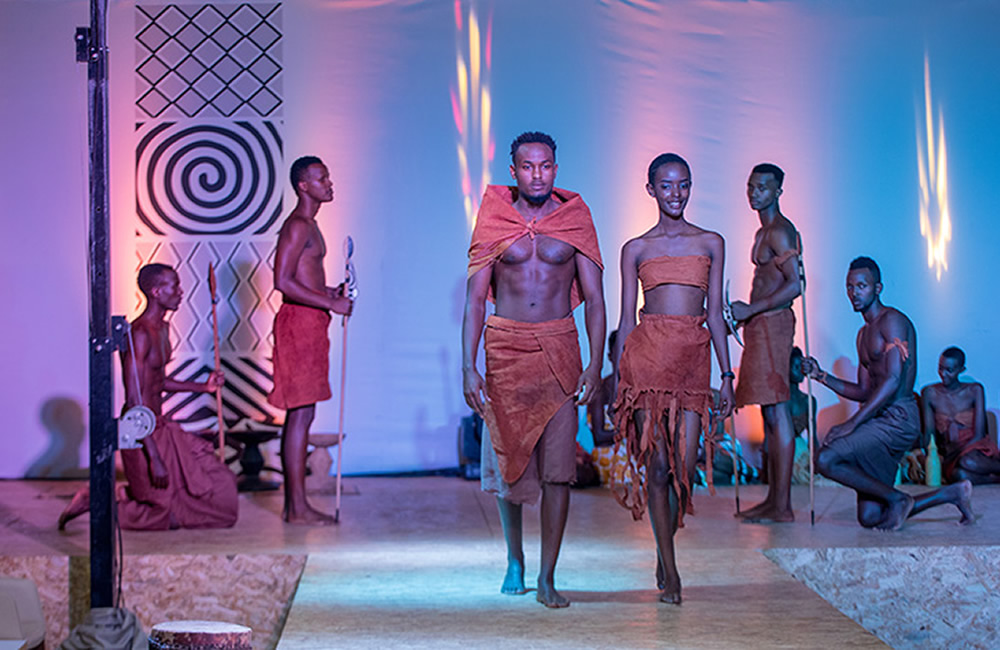
Fashion Show to Promote Rwandan Culture
Rwanda’s two leading fashion houses signed a Memorandum of Understanding at the beginning of the year that saw them conduct joint fashion shows. The Rwanda Cultural Fashion Show and Kigali Fashion Week now organise and host fashion shows together but each focuses on its own specialty; that is contemporary designs in vogue and promotion of…
-
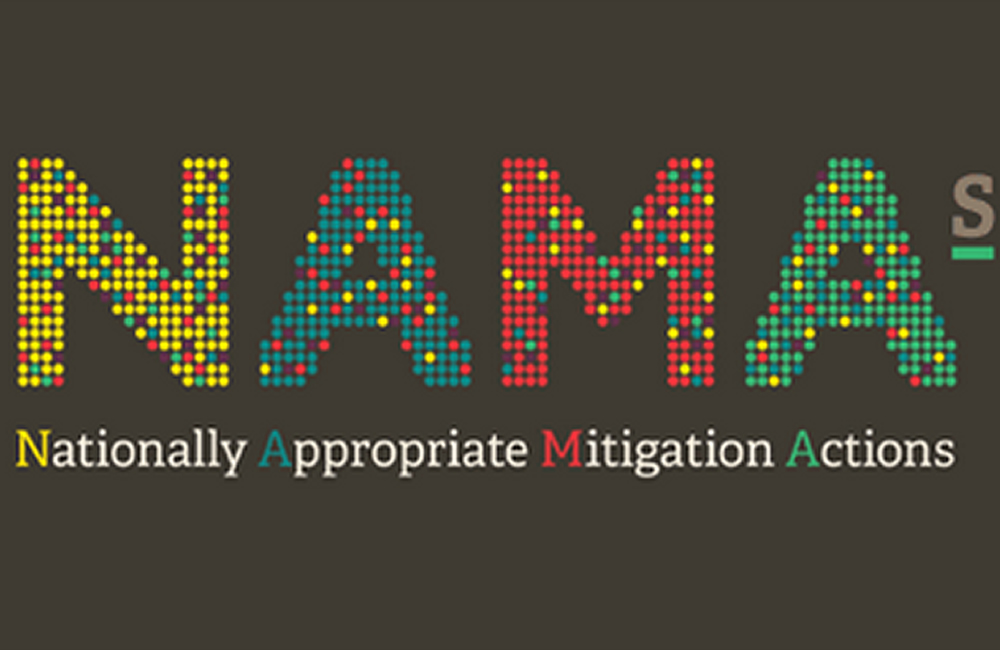
Rwanda Hosts Regional Workshop on Climate Change Mitigation
The Ministry of Natural Resources is hosting a 3-day workshop on the regional United Nations Framework Convention on Climate Change (UNFCCC) focusing on nationally appropriate mitigation actions (NAMAs). The workshop meeting that was co-organized by UNFCCC Secretariat has attracted over 70 climate change experts and participants from Africa. “This meeting is an opportunity for Rwanda…
-
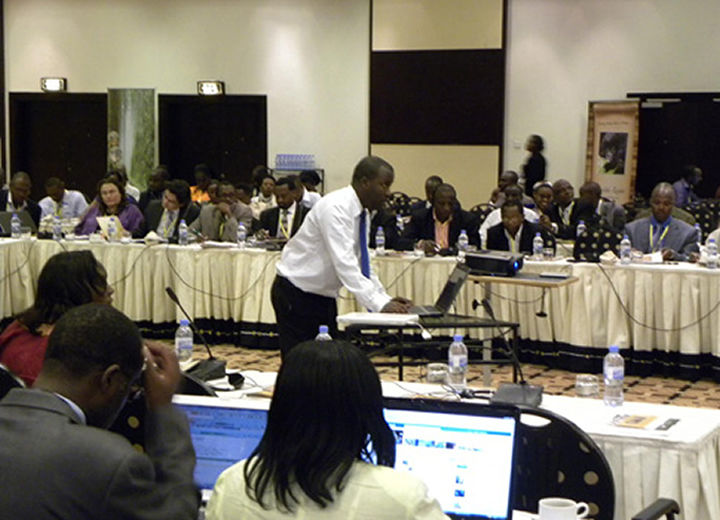
18 Baby Mountain Gorillas Named at 2015 Kwita Izina
Recently Rwandans celebrated the birth of 18 baby gorillas at the 10th anniversary of Kwita Izina, the naming ceremony of these rare mountain gorillas took place on July 3rd 2015 at the slopes of Virunga mountains at Kinigi in the north western part of Rwanda. More than 40,000 residents from Musanze and all over Rwanda…
-
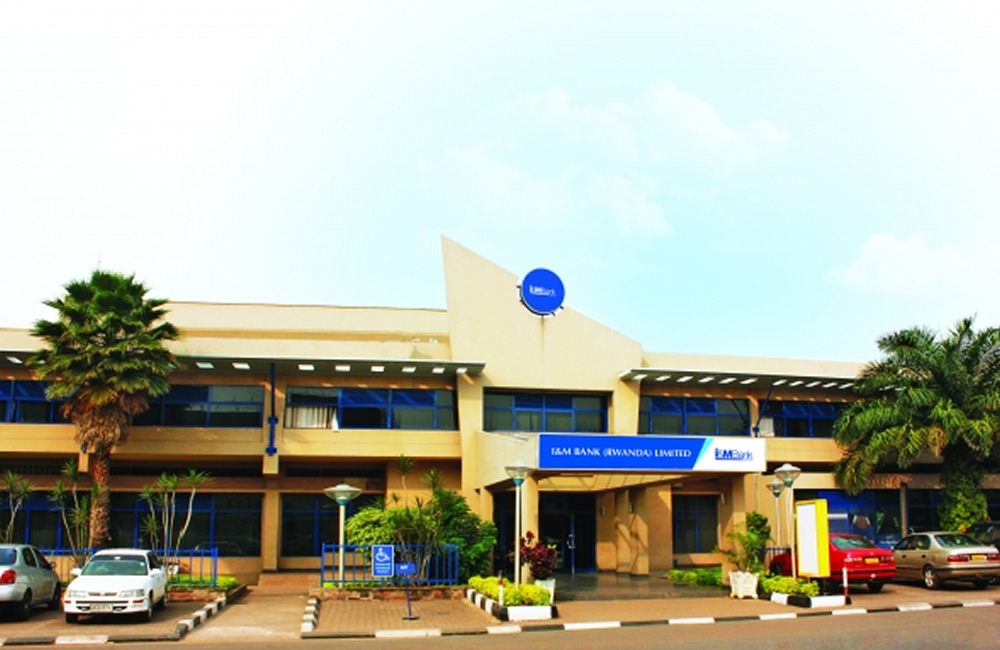
Business Development Centers to Help in Access to Credit
The Business Development Fund (BDF) is planning to open all its Business Development Centers (BDCs) before the end of March, its CEO Innocent Bulindi has told The Rwanda Focus. 17 BDCs are already operational, while the refurbishment of 13 others is in the final stages.. “BDCs play a significant role in offering a lot of…